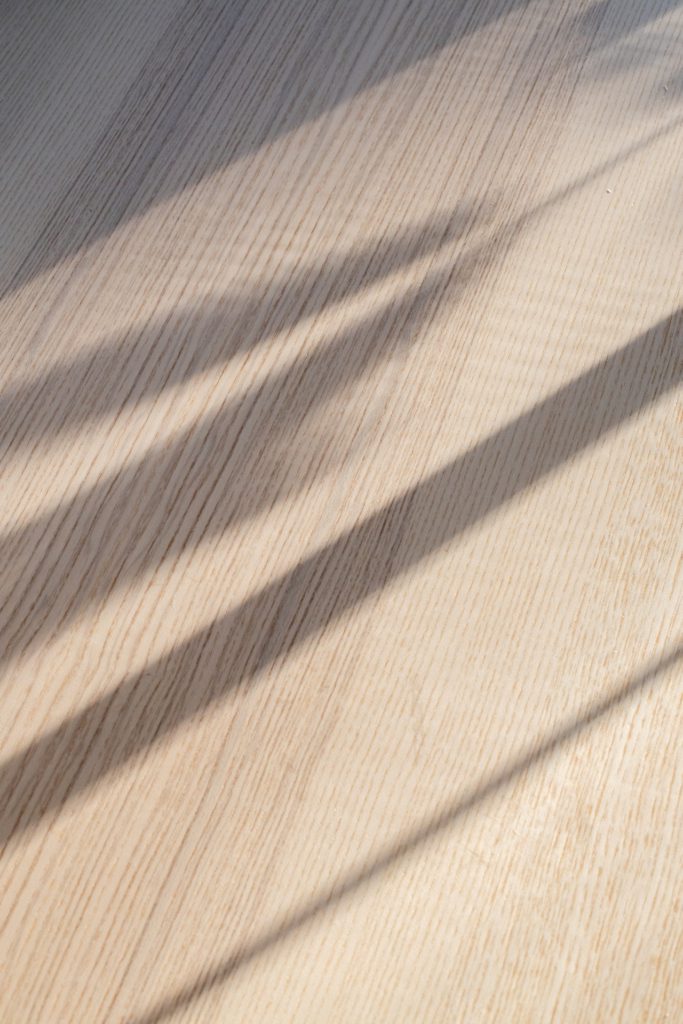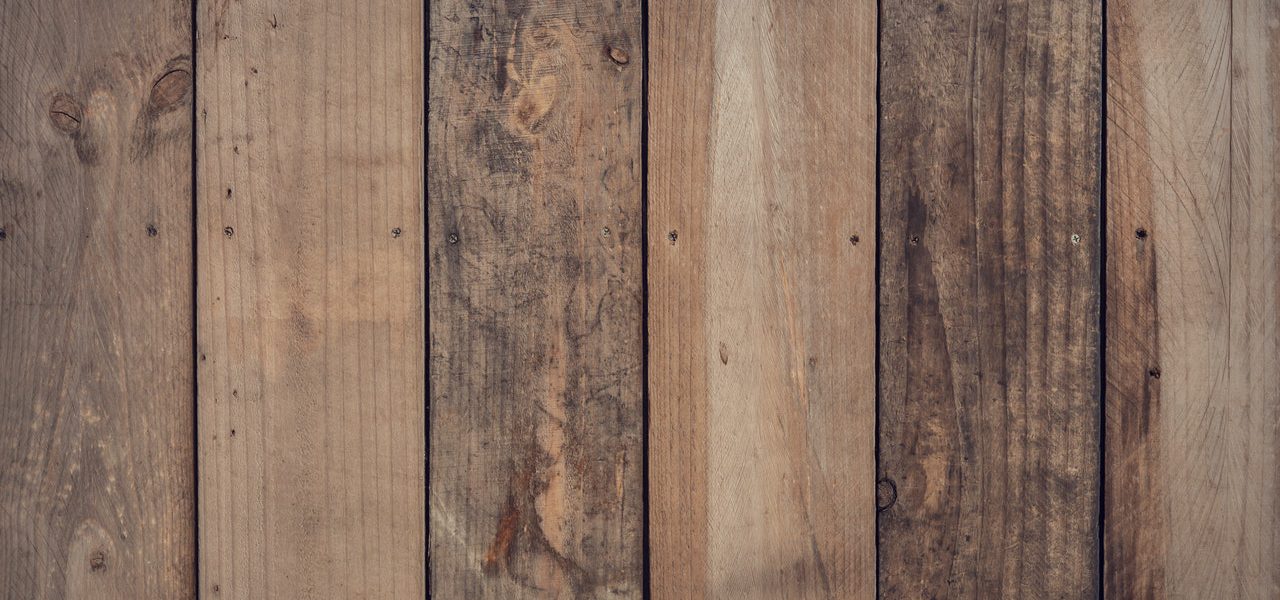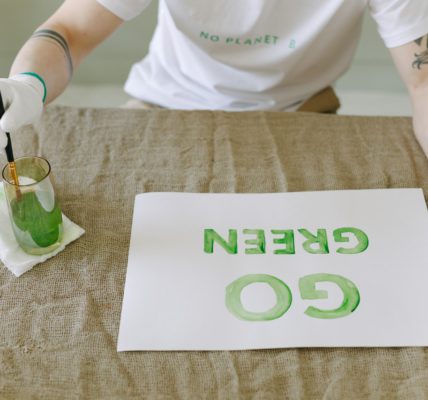If it is a water-based stain, the application of a Wood Stain Remover should be the first step. Wood stains based on spirits can be removed by scrubbing with cellulose thinner, methylated alcohol or white alcohol, depending on the stain type. Clean, crisp white wood stains for contemporary living and working spaces, subtle grey wood stains, dramatic black wood stains and a number of other beautiful wood stains.
It can be difficult to remove the stains and it can be necessary to sand the wood if the removal process does not work. The stain can be pulled from two pieces of wood to restore the colour or bleached from the area to change or deepen the colour of the wood. Use a stain that emphasizes the wood grain to give the wood a lighter character.
If a piece of furniture consists of cherry, maple, mahogany, rosewood, old pine or any other rare wood, the wood should not be stained, as these woods look best in their natural colour.

Whether you choose from an interior or cover timber stain colours, you need to know which kind of wood you’re dealing with. If your motivation for using wood stain is to obtain rich pigments on a bare strip of wood, the colour change underscores the beautiful grain. If the wood has a light, inconspicuous grain, it benefits from stains.
Clear patches allow the natural colour of the wood to shine through, while tints provide a little colour. In the case of wood flooring, for example, tints can influence how a particular stain colour looks. Semi-transparent stains are suitable for traditional facades and modern homes and can be combined with many colours, including taupe, black and red.
When choosing a stain colour, remember that each hue is different. Generally speaking, the lighter the stain colour, the more it influences the colour of your wood. You will also want to choose a stain colour that accentuates the colour you choose for your walls and other furniture.
If you decide to dye your own hardwood furniture, we recommend you choose a pigment stain. It is easy to sand your wood and make its surface uneven with a stain. If you select the wrong spot for the wood species, you may end up with a strange colour.
The natural colour of the wood influences the final colour of the selected stain. Transparent stains make it possible to highlight the underlying wood grain as part of the finished appearance. Opaque or transparent colours cover the texture of the wood grain, resulting in a more natural wood finish.
Choose from several surfaces that are popular for indoor use and use an oil stain that dries in two hours. Test whether you are satisfied with the colour by selecting a spot that is cut off from an inconspicuous spot. You can use Cabot’s colour chart for reference.
If you don’t like the colour of your deck, dining table or other wooden objects in your home, you can change them with the help of a wood stain. The natural colour of the wood in its natural state does not match other wood tones and colours in the house. Wood stains can occur in more colourful hues such as blue and pink, but these are not common.
We turn to the stain in order to change the colour and highlight the grain and pattern of the inner wood. Oil-based wood stains last forever, penetrate the wood without sealing, protect the wood and enhance its beauty.
The right wood stain can give weathered wood a fresh appeal and a beautiful new look. If you are looking for a high gloss finish or rather a matte wood stain, the answer is yes.
Whether you’re after light ash or rich mahogany, the colour of the stain you choose can drastically change the look of your wooden floor. Most internal stains are transparent, while external stains range from transparent to semi-transparent to opaque. Choose the wood stain available from a trusted brand.
Once you have chosen the right type of wood for the house, it is important to consider the way in which the stain on your wood will have a dramatic impact on the end result. There are few things to consider here:
Choose a wooden deck stain that complements your home and makes it visually interesting. When planning the stain colour for your deck, you should use the colour rule and choose a dominant tone as the main colour and two additional colours to support the role of parapets and claddings.
One of the most important factors in your stain project is choosing the right colour. Choosing the colour to stain wooden floors can be both exciting and intimidating. Once you understand what to look out for in a stain, it can be even more enjoyable.
At the end of this article, you will be provided with important information to help you choose the right stain colour for your parquet floors. Choosing your wood floor stain is a decision that should not be made hastily, so take it slowly.
Applying a wood stain changes the appearance of your floor and should therefore be carefully planned. You must select a stain that prepares the wood surface according to your environment. When choosing a cover stain, fence stain or other wood stain for outdoor use, you should take into account the climatic conditions in which you live.
Wood composite coverings, for example, can be painted or stained in a variety of colours. You can also paint decks of concrete, bricks, or paving stones in static colours. However, if you want to be able to change your opaque colour as you wish, wooden decks offer most options for colour and stain paints and easy application.
Cabot’s Wood deck stains, oils, paints, and varnishes come in hundreds of colours and are designed to protect and nourish your wood and produce lasting results. Wood floorboards contain a higher pigment content than ceiling oils and are excellent for changing the colour and appearance of wood.












